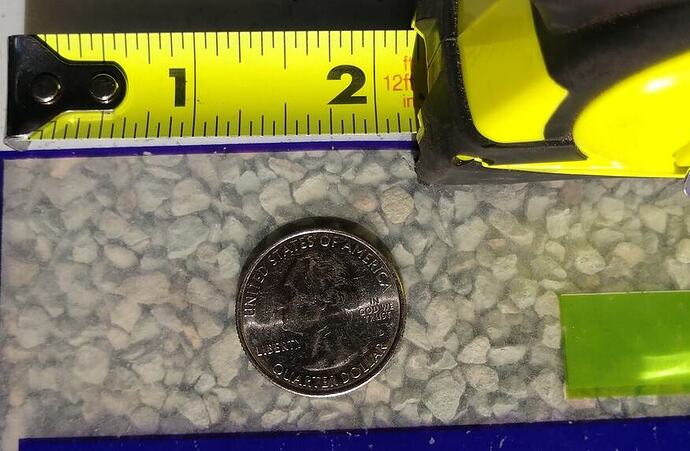I picked up a 40lb bag of clinoptilolite (aka zeolite, of which clinoptilolite is a subset). It’s a naturally occurring mineral with high porosity, a honeycomb structure, and a CEC so high that it is used as filter media in fish tanks to absorb the produced ammonia. It’s already being used by many as a component in bonsai soil mixes as a substitute for, GASP, Akadama. I will not make the same claims, having only recently bought my first bags of both components.
Zeolite (easier to say and type than “clinoptilolite”) when used in your fish tank, can be “recharged” and reused as filter media. So, yes, there is a way to get it to release the ammonia. Many of you are already saying “Hey! I already use rechargeable filter media.” Yeah. That’s most likely zeolite.
To see what happens, I’m thinking of using about a quart of zeolite as fish tank filter media for a month, then mixing it 50/50 with un-used zeolite, and potting some bald cypress seedlings in the mix. I’ll do a control group of zeolite straight out of the bag. I wonder if the fish tank media mix will burn the roots or not.
Here’s my hypothesis:
Akadama, untreated clinoptilolite zeolite, fish tank media clinoptilolite, haydite, lava rock, diatomaceous earth, pine bark, horticultural charcoal, will each produce their own measurable effects on the health of bald cypress and the structure of bald cypress roots. Which is another way of saying “Ooooo! I can’t wait to see what THIS will do!”
Testing the media. Bear in mind, I’m a guy working in my backyard. To do this right, I’d need about 30 trees in each group and all of them of the same age. My availability of trees is limited to a trip along the local swamps hoping to pull some trees out of the water.
The groups will consist of two to four bald cypress potted in the following substrate blends:
100% Akadama
100% Clinoptilolite
50% Clinoptilolite 50% Fish Tank Clinoptilolite
50% Haydite 50% Pine Bark (my substrate for 20+ years)
1 part Haydite, 1 part Lava Rock, 1 part Diatomaceous Earth, 1 part Clinoptilolite, 1 part Horticultural Charcoal*
I’m going to run this experiment with two versions of each group. Half the test will be in pots that drain, the other will be in flooded pots. The pots will not be allowed to drain from March to November. I already know what this does to bald cypress roots and trunks when the air runs out. I want to see what this does with the various soil blends. (“Let’s play a game”)
Evaluation:
General health of the trees
Growth of the tree
Increase in root mass
Ramification of roots
Breakdown of the soil
Particle penetration by roots and resulting ramification
Because Akadama is the gold standard of bonsai substrates, all evaluations will be done against the “Free-Draining Akadama” group as if it were the control group. The “Flooded Akadama” group is not expected to be the gold standard of the flooded groups.
I’ll be sure to fully document and share my results here at Mirai. Unless NatGeo wants to pick up the movie rights, that is ![]()
*Horticultural charcoal? Who am I kidding. I’m using the dregs of my bags of lump charcoal that I use in my Big Green Egg.
Here’s a close-up the clinoptilolite I bought today. I got it from Grainger. It’s called “Ecotraction”. The particle size is similar to the 3/16" mesh particles of Haydite that I purchase locally. I’m looking through Alibaba to find a supplier of a slightly larger particle size. I hope they can ship direct to New Orleans.



